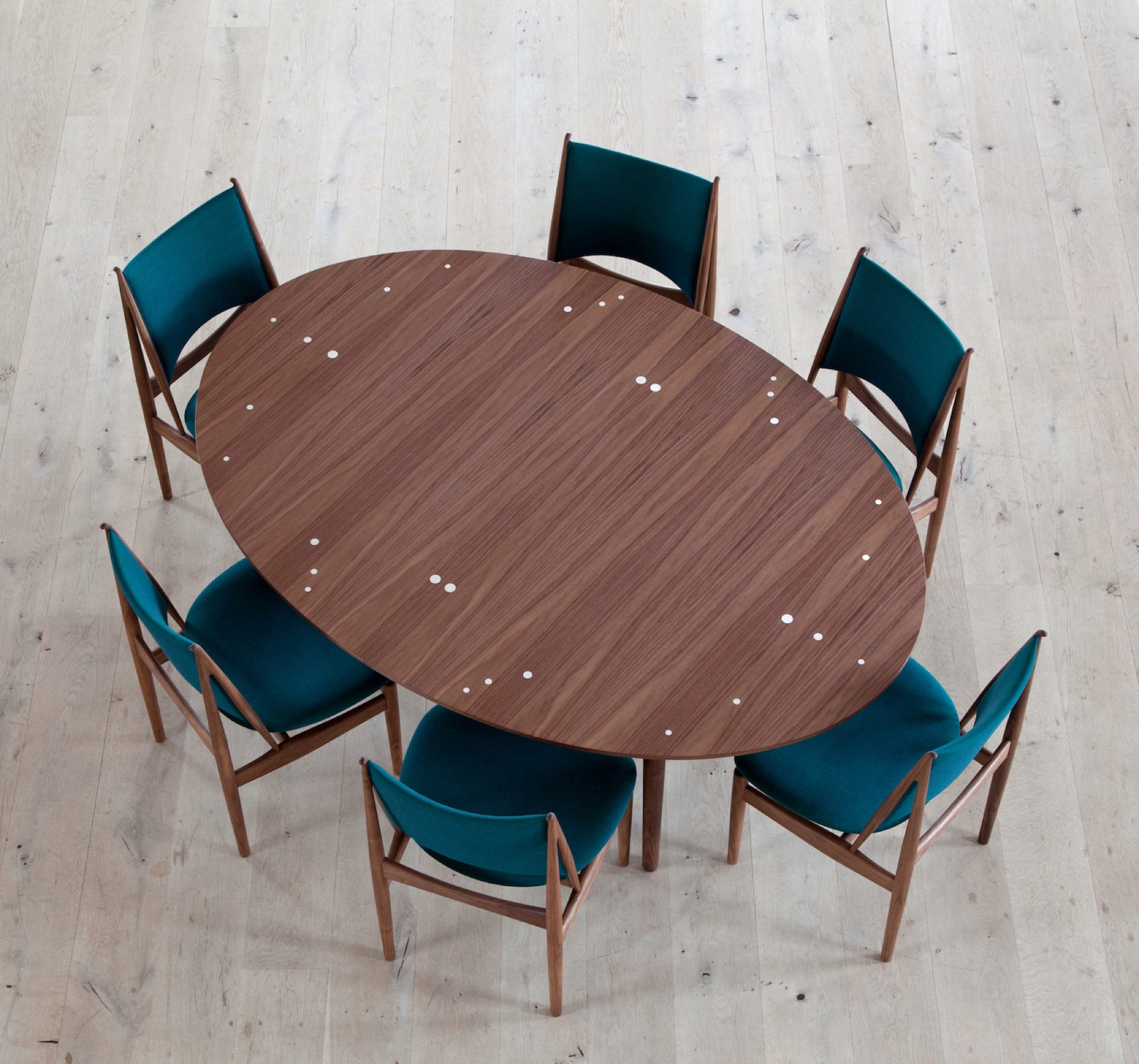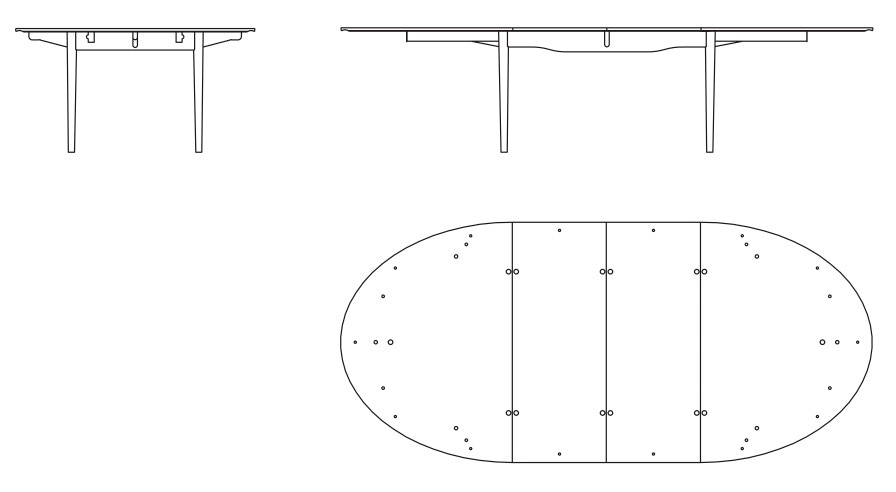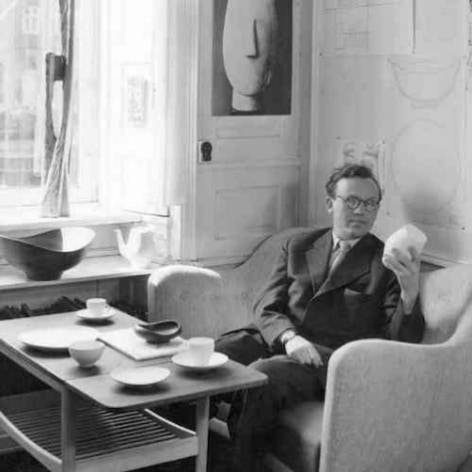15% off with DESIGN15

The Silver Table is an oval dining or conference table, that can be extended with two extra leaves, while the frame stays in the same position. The table was originally crafted by cabinetmaker Niels Vodder in Brazilian rosewood to be displayed at the Copenhagen Cabinetmakers’ Guild Exhibition in 1948. It was subsequently made in two different wooden materials with a darker top and lighter frame.
The tabletop has 30 inlays of Sterling silver that have inspired its nickname, the Judas Table. The table is classic and extravagant because of its fine details such as its silver inlays, that are strewn across the tabletop like a blanket of stars.
The positioning of the silver inlays is far from coincidental. They clearly indicate whether the table seats 4, 6, 8 or 10 people. With the two additional leaves the table seats 14 people.
The Silver Table is available in three variations. The first variant is in walnut as it was originally displayed. The second, comes with a teak tabletop on a frame of oak. And the third variant is entirely in oak. Furthermore, the table can be ordered with or without the silver inlays.
Little known fact, Finn Juhl has also designed the Silver Table in a more compact format, suitable for apartments or smaller homes. The small Silver Table comes with two extensions and is available with or without the characteristic silver inlays.
Like its big sister, the small Silver table offers an incredible level of detail. This detail is revealed the closer you get. Along the edge, under the table, runs a smooth indentation. When you pull the table up to extend its size, your hands naturally grab onto this edge. It's a detail that's not obvious - you have to experience it. The divisible tabletop separates smoothly without the legs moving.
Wood Oak, walnut or teak/oak. Solid wood frame, veneer or linoleum top with solid wood edges. Two extensions included.
Height 72,5 cm
With silver inlays
200/310 x 140 cm
Without inlay
200/310 x 140 cm
With silver inlays
180/290 x 120 cm
Without inlay
180/290 x 120 cm
soaped oak
white oiled oak
oiled oak
clear lacquered oak
clear lacquered walnut
oiled walnut

Large Silver Table
200/310 x 140 x H72,5 cm

Small Silver Table
180/290 x 120 x H72,5 cm
Finn Juhl

As a teenager, Finn Juhl (1912-1989) wanted to become an art historian, having a passion for the fine arts since childhood. His father stopped him and Finn Juhl started architectural studies. Later, when his fame as a designer of furniture acquired, he speaks of himself as an autodidact, in reference to this upset vocation that forced him to walk intellectually on a lonely way. His style owes much to this singular trajectory, with its non academic interpretation of art visible in his work. Finn Juhl started his studies in 1930, a key period which saw the birth of modern design and furniture.
His modern offices in central Copenhagen was greeting his visitors with a huge Japanese fish in paper, symbol of imagination. Rather than thinking in terms of practical construction, Finn Juhl had the mind-set of a sculptor, when he shaped a piece of furniture. In the 1940s and 1950s, this way of working had never been seen before. His ambition was to design furniture with movement and life.
Juhl took pride in making both the structurally supportive elements of the furniture and the seated person look as though they are floating. In some of his chairs, the backrest and the seat are almost invisibly joined, as if they were clouds floating through the room.
In creating his furniture, Finn Juhl worked with two elements: The carrying element, and the carried. He eventually became known for his special ability to separate the bearing parts from the borne. This is one of many examples of how he broke free from conventional working methods and found his inspiration in art.
Ce site web utilise les cookies techniques pour fonctionner.
Vous pouvez les refuser, mais perdrez alors la possibilité d'acheter.
OK
Refuser